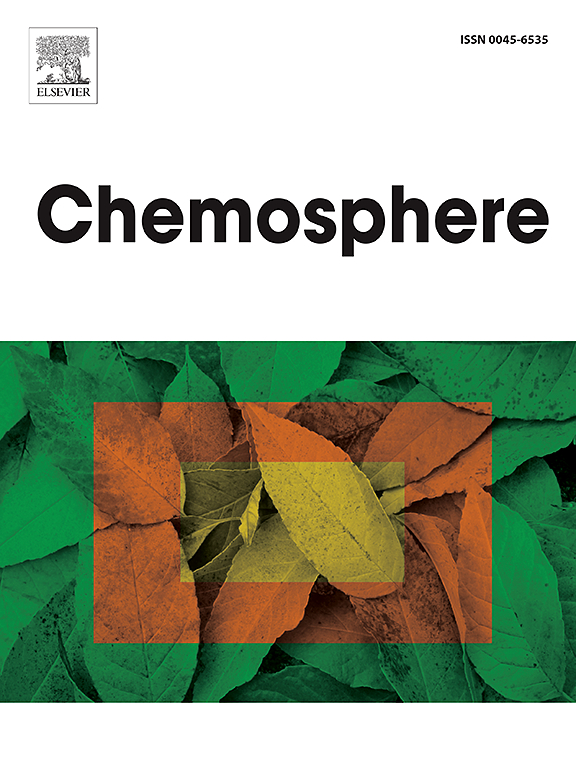Interactions of erythromycin and an antibiotic mixture with the gut microbiome of juvenile rainbow trout
IF 8.1
2区 环境科学与生态学
Q1 ENVIRONMENTAL SCIENCES
引用次数: 0
Abstract
Erythromycin (ERY) is a commonly used antibiotic found in wastewater effluents and the environment globally. Due to the bioactivity by which they kill and prevent bacterial growth, ERY and other antibiotics may have significant unwanted impacts on the gut microbiome of fishes. The overall objective of this project was to assess effects on the gut microbiome in response to exposure to ERY alone or in a mixture with other common antibiotics, which was accomplished in two experiments. The objectives of experiment 1 as a pilot study were to understand uptake and depuration of ERY in juvenile rainbow trout (RBT) over a 7-d exposure to three concentrations of ERY followed by a 7-d depuration period. Furthermore, throughout the study changes in gut microbiome were assessed. In experiment 2, an identical experimental design was used to assess the effects of a mixture of antibiotics containing, in addition to ERY, 100 μg/g each of ampicillin, metronidazole, and ciprofloxacin. In that study, three matrices were analyzed, with gut collected for 16S rRNA metabarcoding, blood plasma for non-targeted metabolomics, and brain tissue for mRNA-seq analysis. ERY was relatively quickly depurated from fish and gut microbiome dysbiosis was observed at 7 d after exposure, with a slight recovery after the 7-d depuration period. A greater number of plasma metabolites was dysregulated at 14 d compared to 7 d revealing distinct temporal dynamics compared to gut microbiome dysbiosis. Furthermore, several transformation products of antibiotics and biomarker metabolites were observed in plasma due to antibiotic exposure. The transcriptome of the brain was only slightly altered due to antibiotic exposure. Results of these studies will help inform aquaculture practitioners and risk assessors when assessing the potential impacts of antibiotics present in fish feed and the environment, with implications for host health.

求助全文
约1分钟内获得全文
求助全文
来源期刊

Chemosphere
环境科学-环境科学
CiteScore
15.80
自引率
8.00%
发文量
4975
审稿时长
3.4 months
期刊介绍:
Chemosphere, being an international multidisciplinary journal, is dedicated to publishing original communications and review articles on chemicals in the environment. The scope covers a wide range of topics, including the identification, quantification, behavior, fate, toxicology, treatment, and remediation of chemicals in the bio-, hydro-, litho-, and atmosphere, ensuring the broad dissemination of research in this field.
 求助内容:
求助内容: 应助结果提醒方式:
应助结果提醒方式:


